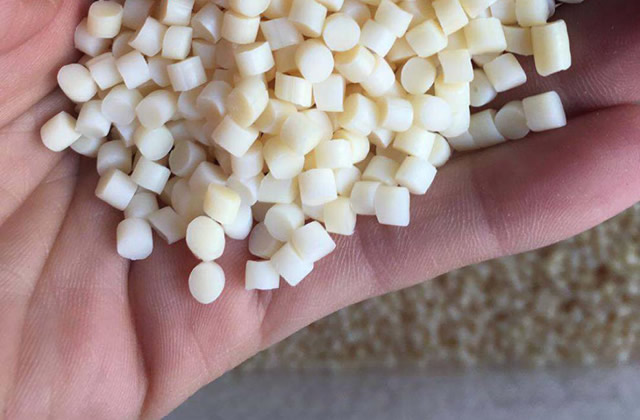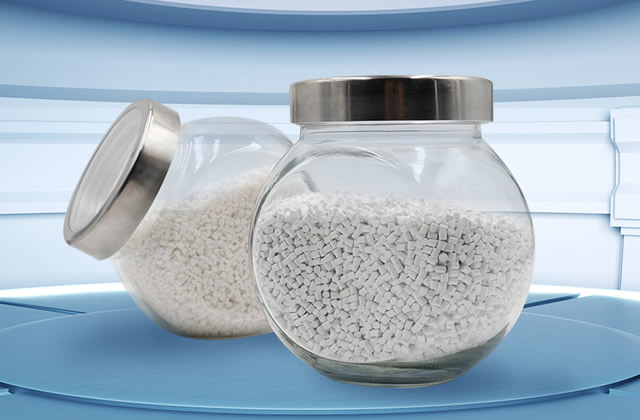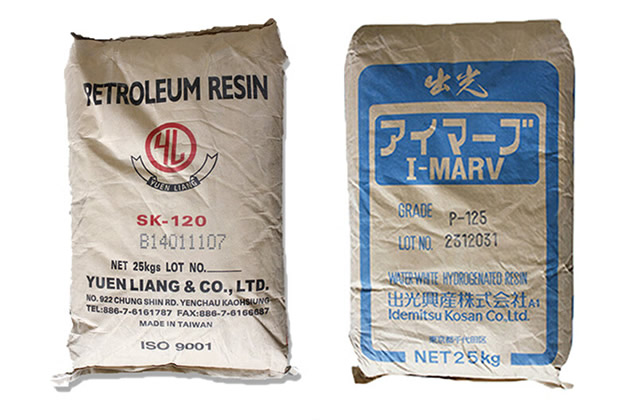1. What are the ingredients of antibacterial masterbatch?
Antibacterial masterbatch is one of many functional masterbatch. It is mainly used to manufacture antibacterial products. So what is antibacterial masterbatch? What ingredients does it consist of?
1. Antibacterial agent
The antibacterial performance of the antibacterial masterbatch comes from the antibacterial agent. The type and content of the antibacterial agent will directly affect the antibacterial masterbatch. Antibacterial rate of particles.
2. Carrier
The matrix of antibacterial masterbatch and the carrier used to make antibacterial masterbatch should have good properties with the carrier used to produce antibacterial plastics. The compatibility can help the antibacterial masterbatch have good dispersion in antibacterial plastics, and also make the antibacterial agent have good dispersion in the carrier, which can ensure that the antibacterial plastics have efficient and long-lasting antibacterial properties. In addition, the melt index, viscosity and other performance indicators of the masterbatch carrier must be suitable for the preparation of antibacterial masterbatch.

3. Dispersant
In order to mix the antibacterial agent powder and plastic particles evenly and produce antibacterial masterbatch with good uniformity, it is necessary to choose a good dispersant. The antibacterial agent powder is evenly dispersed on the surface of the plastic particles.
4. Coupling agent
Because antibacterial agents are inorganic or organic, different types of antibacterial agents have different compatibility with plastics, especially It is an inorganic antibacterial agent with poor compatibility with resin. In order to improve the compatibility between them, a suitable coupling agent must be selected.
2. What are the antibacterial agents of antibacterial masterbatch?
The antibacterial agent of antibacterial masterbatch is its core component. The commonly used antibacterial agents are mainly Four types:
1. Organic antibacterial agents
The structure is similar to antistatic agents, such as organic iodides, organic chlorides and their complexes, and Amino acid metal salts.
2. Inorganic antibacterial agents
It is made of antibacterial metals loaded on a certain carrier through ion exchange, adsorption, alloying or combination.
3. Polymer antibacterial agents
are obtained by introducing antibacterial functional groups. According to different functional groups, they can be divided into quaternary ammonium salt type and quaternary phosphonium salt type. Type, guanidine salt type, pyridine type and organic metal copolymers, etc.
4. Natural antibacterial agents
Extracted and refined from animals and plants, ultra-fine chitosan powder, chitin, etc. are currently being developed.
If the website content violates your rights, please contact us to delete it。








